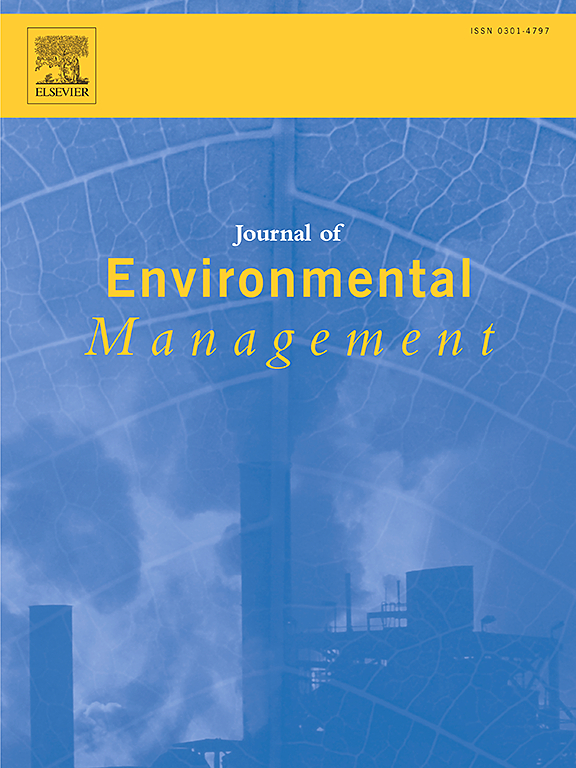Ammoniation of filter residues from corn straw filtering the microalgae cultured in urine wastewater
IF 8
2区 环境科学与生态学
Q1 ENVIRONMENTAL SCIENCES
引用次数: 0
Abstract
Microalgae rich in enzymatic proteins and trace minerals are an increasingly favorable feed additive. Nevertheless, the harvesting and drying expenditures account for 20%–30% of the total microalgae production costs, restricting microalgae's extensive application. Unprocessed microalgae could directly participate in straw ammonification feed production by filtering microalgae solution using straw and then ammoniating the filter residues containing straw and microalgae. The microalgal biomass and turbidity removals decreased with the increase in microalgae solution volume during filtration. In contrast, they increased and gradually stabilized with the rise in corn straw height and bulk density but first increased and then decreased with the enlarging of corn straw particle size. The predominant microorganisms shifted from Actinobacteriota and Proteobacteria to the Firmicutes that can hydrolyze corn straw, containing Carnobacterium, Bacillus, and Sporosarcina, as well as Cyanobacteria generating potential Microcystin disappeared after filtration. The maximal biomass and turbidity removals after filtration reached 82.54% and 78.38% under the microalgae solution volume of 520 mL and the corn straw height, bulk density, and particle size of 45 cm, 0.20 g/cm3, and 2 mm. Ammoniation treatment increased the crude protein content while decreasing the ether extract and lignocellulose contents of corn straw, and the protein- and lipid-rich microalgae further slightly increased the dry matter, crude protein, and ether extract contents in the ammoniated corn straw. A urea addition ratio of 3%–5% at 30–40 °C for 12–16 days was favorable ammoniation conditions. Although the original microalgae were from urine wastewater cultivation, the total bacterial counts in the microalgae-containing corn straw after ammoniation were below the maximum safety threshold specified in feed standards, and the alpha diversity indices and genera species of bacteria increased, thereby enhancing the efficiency of corn straw ammoniation. Firmicutes, Actinobacteriota, and Proteobacteria degrading lignocellulose, protein, and lipid predominated during ammoniation, involving Saccharopolyspora, Sporosarcina, Bacillus, Carnobacterium, Allorhizobium-Neorhizobium-Pararhizc, Staphylococcus, Planococcus, Curtobacterium, and Pseudomonas. The involvement of unprocessed microalgae in straw ammoniation through straw filtration was a favorable approach, holding substantial significance for accelerating the low-cost application of microalgae as feedstuff and the prosperity of the straw feed industry.

求助全文
约1分钟内获得全文
求助全文
来源期刊

Journal of Environmental Management
环境科学-环境科学
CiteScore
13.70
自引率
5.70%
发文量
2477
审稿时长
84 days
期刊介绍:
The Journal of Environmental Management is a journal for the publication of peer reviewed, original research for all aspects of management and the managed use of the environment, both natural and man-made.Critical review articles are also welcome; submission of these is strongly encouraged.
 求助内容:
求助内容: 应助结果提醒方式:
应助结果提醒方式:


